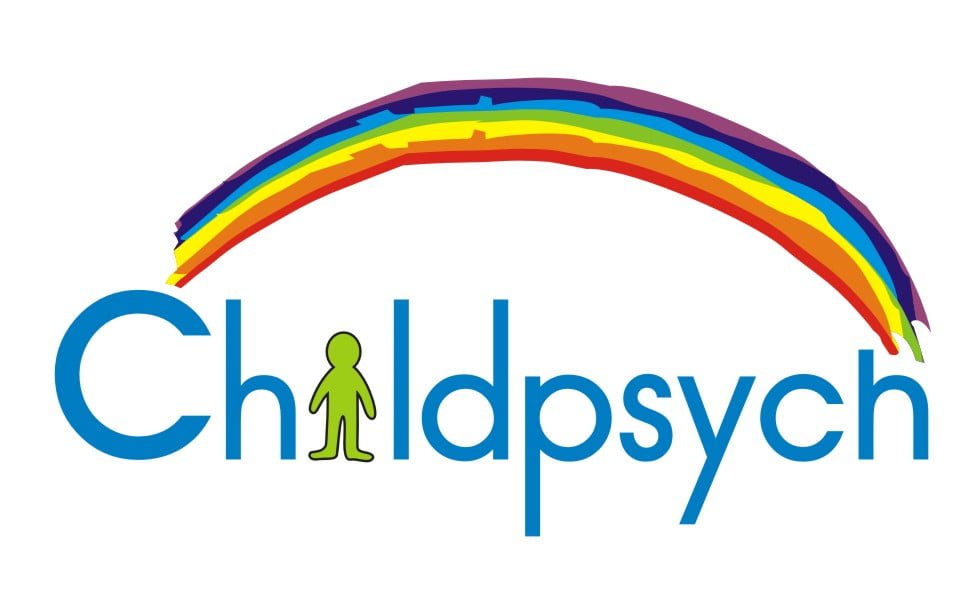
As part of my assessments I routinely check fine motor control and pencil grip and often while reporting to a parent that their child’s pencil grip is inferior I am asked: “What does it really matter? What difference does it make how my child holds his / her pencil?” We’ve all heard of the brilliant doctor who still writes using a fist grip or some other similar story.
But the way your child holds a pencil may make a huge difference to the ease and efficiency with which he writes. A dynamic tripod pencil grip – the preferred grip -allows your child to write quickly and fluently and requires only tiny movements of the muscles of the hands. Teachers find that high school learners with an inefficient pencil grip cannot keep up with note taking during lectures and often fail to complete tests and exams in the allocated time because of a slow handwriting speed.
Habits, such as the way one holds a pencil or writes letters are formed early on in one’s school career and is most easily remediated in the foundation phase. Trying to correct an inefficient pencil grip in a child over the age of 10 may prove incredibly difficult, if not impossible in most cases. It is for this reason that teachers of young children put such emphasis on pencil grip and fine motor control.
Encourage your foundation phase child to make use of a dynamic tripod pencil grip as shown in the image above. Purchase some tripod pencils or a plastic tripod pencil grip if you notice that your child keeps reverting to a less efficient pencil grasp.
If you find that you simply cannot get your child to change the way he holds his pencil, it might be of more use to help him focus on increasing his writing speed. High school learners with a significantly slower handwriting speed than that of their peers may apply for extra time during tests and exams.
Related articles and videos:
Fun ideas to improve your young child’s fine motor control
Helping older children with poor handwriting



